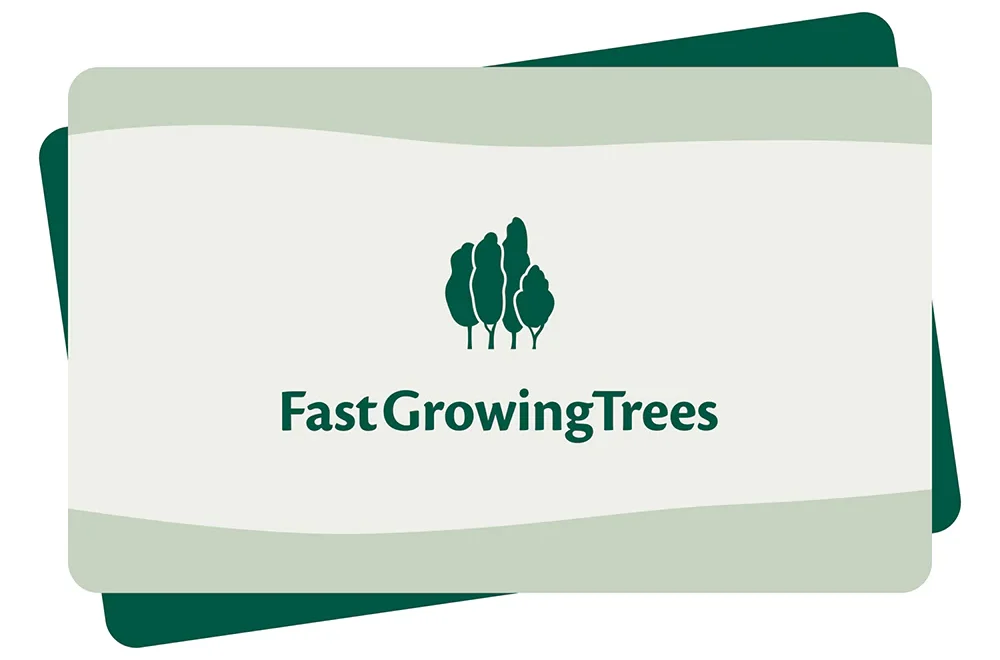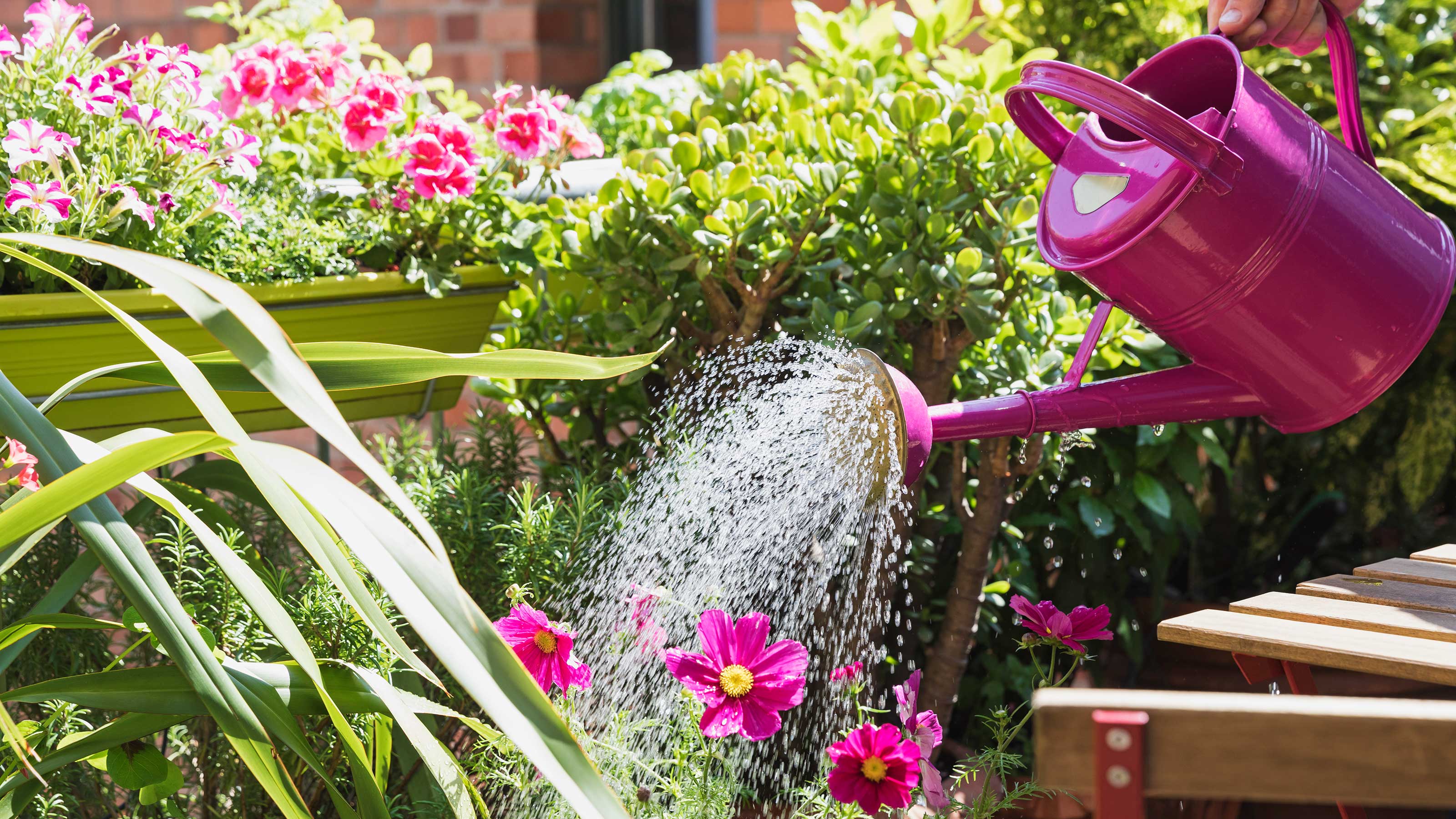
Fast Growing Urban Trees for Small Garden Spaces
Fast Growing Urban Trees varieties are the perfect pick when your outdoor area is limited. Get ready to transform that tiny patch of earth into an urban oasis. With the right planning and planting, even the smallest plot can become a relaxing refuge. When carefully chosen, trees offer shade and beauty without taking over. Let your imagination run wild and your garden grow. The solution to your small space lies in speedy trees with graceful good looks. Follow our guide to the best beauties for your bijou garden and you’ll be enjoying the benefits in no time.
The Benefits of Fast Growing Urban Trees for Small Urban Gardens
Size Matters
With small urban gardens, every inch of space counts. Fast-growing trees are ideal since they can provide shade and greenery without dominating the space. Varieties like the River Birch or Weeping Willow grow up to 5-8 feet in the first few years but can be easily pruned to fit a compact area.
Privacy Please
If your urban garden is surrounded by buildings, a fast-growing tree can quickly provide privacy screening and a natural barrier. The Thuja Green Giant is a popular choice, growing up to 3-5 feet per year to block views and noise. The dense foliage also helps muffle urban sounds for a quieter garden retreat.
Seasonal Interest with Fast Growing Urban Trees
Many fast-growing trees provide seasonal interest, with beautiful spring blooms, vibrant fall foliage, or ornamental bark. The Flowering Cherry bursts into pale pink blossoms in spring while the Liquidambar Styraciflua puts on a show of deep red and orange leaves in autumn. The Paperbark Maple has cinnamon-colored, peeling bark that adds interest all year round.
With benefits like size, privacy, and seasonal interest, fast-growing trees are ideal for small urban gardens looking to make a big impact. While they grow quickly, with regular pruning and maintenance they can enhance an outdoor space for many years without overpowering it. For maximum enjoyment of your garden, choose a variety suited to your local climate and available space. Within a few short years, you’ll have a lush, verdant retreat in the heart of the city.
Our Top 5 Picks for Fast Growing Urban Trees in Your City Garden
The Royal Empress Tree
This decorative tree grows up to 8 feet per year, reaching full size in just a few years. In early summer, its purple flowers bloom and provide an aromatic display. The large leaves also offer shade in a small space.
The Bradford Pear
While controversial because of its invasive tendencies, the Bradford pear grows up to 3 feet per year, reaching up to 30 feet high at maturity. In spring, white flowers cover the tree before leaves emerge. Its teardrop shape and fall color make it attractive, but plant only if you commit to pruning.
The River Birch
Growing up to 2 feet per year, the river birch reaches heights of 40 to 70 feet. Salmon-colored, peeling bark and golden fall color provide year-round interest. This tree does well in wet or dry soil and resists disease and insects.
The Sawtooth Oak from Fast Growing Urban Trees
A fast-growing oak, the sawtooth oak gains up to 3 feet per year, maturing at heights of 40 to 60 feet. Pointed lobes on its leaves give this oak its name. Acorns provide food for wildlife, and the sawtooth oak makes an excellent shade or street tree, especially in warmer climates.
The October Glory Red Maple
As the name suggests, the October glory red maple puts on a show in fall, with bright orange and red colors. Growing up to 2 to 3 feet per year, this maple reaches 40 to 60 feet high at maturity. Although naturally found in wet areas, this cultivar does well in average garden soil and tolerates some drought. Its shapes vary from oval to rounded.
With the right selection, you can transform your small urban space into a lush, tree-filled oasis. But do your homework and choose a tree that will work with your location and climate to ensure it will thrive for years to come. Incorporating greenery into compact living spaces is a lifestyle choice that promotes well-being, encourages mindfulness, and brings a breath of fresh air to city life. Let your outdoor nook become a sanctuary where you can relax, recharge, and reconnect with nature even in the heart of the city.
Caring for Your Fast Growing Urban Trees: Watering, Pruning, and More
To keep your fast-growing trees healthy and thriving, providing the right amount of water and nutrients is key. Water the trees thoroughly but do not overwater, especially for the first few years after planting. Aim for about an inch of water per week. You can use a rain gauge to measure how much rain has fallen and supplement it with a sprinkler or soaker hose as needed.
Watering
For the first couple of years, water more frequently while the tree is establishing. Check the soil before watering to ensure it’s dried out to about 2 to 3 inches deep. During hot or dry spells, you may need to water a few times a week. As the tree matures, watering once a week should be sufficient for most climates. Reduce watering in the fall when growth slows down.
Fertilizing
Fertilize your fast-growing trees in early spring before new growth starts and once more in early summer. Use a balanced, all-purpose tree fertilizer with equal parts nitrogen, phosphorus, and potassium, such as 10-10-10. Follow the directions on the product packaging and be careful not to overfeed. Overfertilizing can damage roots and slow down growth.
Pruning
Most fast-growing trees will require regular pruning to control their size and shape. Prune in late winter or early spring before new growth starts. Remove any dead, damaged, or crossing branches. You can also do some light thinning out of smaller branches to improve air circulation. Never remove more than 25% of the canopy at a time. Some trees may require more frequent pruning to maintain their shape and size. Check with your local garden center for pruning recommendations specific to your tree species.
With the proper care and maintenance, your fast-growing trees will flourish and provide shade and beauty to your garden for years to come. Paying close attention to their needs and making minor adjustments as required will help keep them looking their best.

















